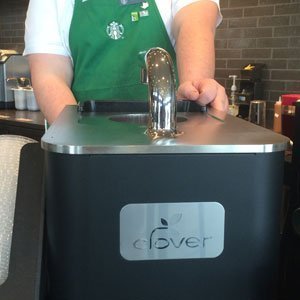
Starbucks Clover Brewing System
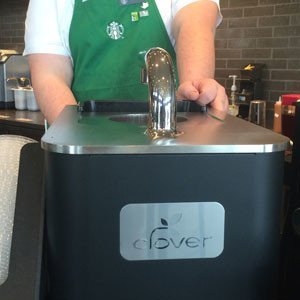 UPDATE (11/13/22): Starbucks announced on March 2022 that the Clover is being relaunched (and rebranded as Clover Vertica Brewer) and will be deployed nationwide beginning this fall. With the completed rollout by 2025. read more here.
UPDATE (11/13/22): Starbucks announced on March 2022 that the Clover is being relaunched (and rebranded as Clover Vertica Brewer) and will be deployed nationwide beginning this fall. With the completed rollout by 2025. read more here.
Visit a Starbucks and ask for pour-over coffee brew and you might be asked if you’ve heard of Clover (they are perfectly willing to make a pour-over for you). To the uninitiated, that might not even make sense, “Clover what?”. But give it a try, you’ll be happily surprised because the Clover Brewing System is an amazing thing.
I have never been Starbucks hater. I used to buy cappuccinos back in the eighties in the Pike Place Market. My experience walking into any independant coffee shop is not a guarantee of a quality cup. Starbucks for all its faults has stringent standards that all baristas must follow. And they now offer small batch coffees. (A review of some of the Reserve Coffees are forthcoming, stay tuned.)
Now Clover
Forget french press, take a break from drip and save pour-over for home.
My Barista humbly offered Clover and asked what type of bean I preferred, I chose the Sun Dried Ethiopia Yirgacheffe. It was ground and placed into an opening on the top of the Clover machine. The piston-like hopper lowered, a preset amount of water, at the correct temperature, poured on top of the grounds, then he gave it a stir. After about a minute of steeping the plunger came up creating a vacuum that drew the brew down and into my waiting cup. My initial thoughts were that it was quite nice tasting, and with no sediment, almost silky. I even had it black so as not to influence the taste in anyway. I am going to be ordering Clover instead of drip next time I visit Starbucks.
How it works
It’s not really a press, and it’s not pour-over. It’s a unique system combining a plunger and a vacuum. The Clover is a very expensive machine and only widely available at Starbucks but supposedly Ritual Coffee has a couple machines.
Here’s a video of the Starbucks Clover Brewing System:
Next time you’re at a Starbucks that has the Clover Brewing System, give it a try.
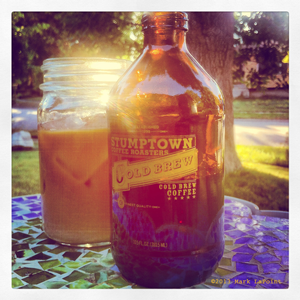

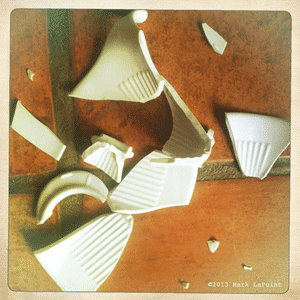
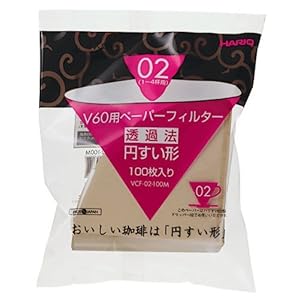 Paper vs metal coffee filter? Which is better, paper coffee cone filters? Or metal coffee cone filters? A lot can be said for each. Something can be said against each also. Taste is the best judge followed by convenience, method and other factors make choosing a personal decision. Here are some things to consider:
Paper vs metal coffee filter? Which is better, paper coffee cone filters? Or metal coffee cone filters? A lot can be said for each. Something can be said against each also. Taste is the best judge followed by convenience, method and other factors make choosing a personal decision. Here are some things to consider: